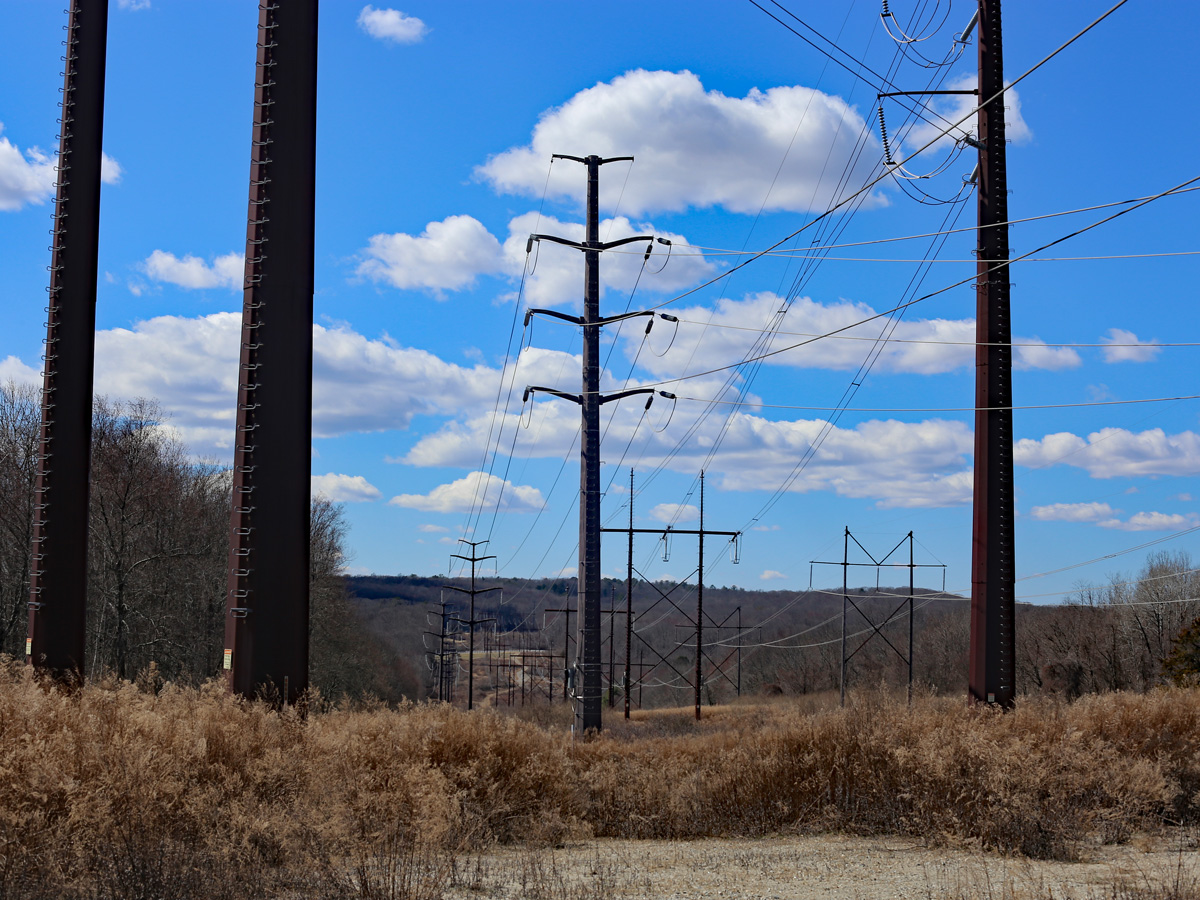Rising energy costs have emerged as a significant concern in the United States, impacting consumers and shaping political discourse ahead of upcoming gubernatorial elections. A recent survey by the Associated Press-NORC indicates that three-quarters of Americans view their electricity expenses as a source of stress. This growing anxiety comes amid ongoing discussions about how to manage energy affordability, with President Donald Trump pledging to enhance fossil-fuel production as part of his strategy.
While many Americans are feeling the pinch from higher electricity bills, a study from the Lawrence Berkeley National Laboratory offers a more nuanced perspective. Between 2019 and 2024, when adjusted for inflation, electricity prices in 31 continental states actually decreased. Conversely, 17 states experienced increases, highlighting a complex landscape of energy costs across the nation.
Factors Driving Price Variations
One significant contributor to rising electricity prices is the escalating utility spending on disaster recovery and preparedness. For instance, California utilities have incurred billions of dollars in wildfire recovery costs, which have been transferred to consumers through higher retail electricity prices. This trend reflects the broader challenges posed by climate change, as extreme weather events become more frequent and severe.
Despite concerns about the impact of data centers and power-intensive industries on electricity prices, the report suggests a different narrative. While grid maintenance costs have risen, these expenses have been distributed among a larger customer base, including commercial consumers. This strategy has, in some cases, helped to reduce retail electricity prices for residential customers, although it primarily benefits larger businesses.
The Trump administration’s approach to addressing electricity costs has focused on increasing reliance on fossil fuels, particularly coal and natural gas. However, the reality of building new gas-fired plants is that they are becoming increasingly expensive and time-consuming to construct. Furthermore, the United States is poised to increase its exports of liquefied natural gas, complicating the domestic energy landscape.
Coal’s Role in the Energy Transition
In examining instances of utilities reducing their rates, the situation becomes more complex. In Oregon, for instance, Idaho Power Co. has requested a nearly 1% reduction in electricity prices. This request is attributed to the closure of a coal-fired power unit and the demolition of another coal plant, demonstrating a shift away from coal dependency. Similarly, in Virginia, state legislation aimed at reducing emissions has led Appalachian Power to advocate for lower rates, citing the integration of renewable energy sources.
On the other hand, West Virginia is actively working to maintain its coal plants, a decision that Appalachian Power warns could increase electricity prices for consumers in that state. This illustrates the tension between traditional energy sources and the push for cleaner alternatives.
Despite the Lawrence Berkeley National Laboratory’s findings showing inflation-adjusted price reductions in many states, the reality of rising utility bills remains acute for many Americans. It signals the need for a comprehensive approach that includes both the expansion of clean energy initiatives and more effective utility regulation. As the conversation around energy affordability continues, stakeholders will need to navigate these complexities to achieve sustainable solutions.







